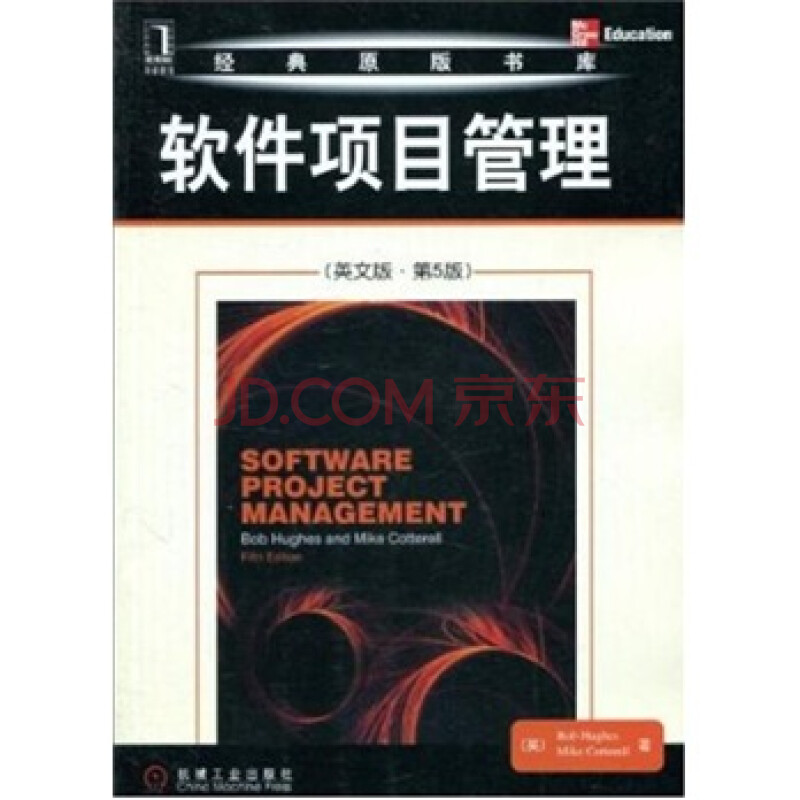内容简介
《软件项目管理(英文版·第5版)》是经典的项目管理课程教材。本版延续上一版清晰、易懂的叙述风格,采用步进式策划方法逐一分析了软件开发的各个环节,并通过丰富的实例和练习来阐明实践过程中软件项目管理的原则。《软件项目管理(英文版·第5版)》不仅适合作为计算机及相关专业的本科生和研究生的教材,而且适合于软件项目管理人员和软件开发人员阅读,还特别适合作为BCS/ISEB专业考试的参考书。为了涵盖软件项目管理的新进展,本版进行了全面更新,新增和扩展的主题如下:沟通策划。敏捷方法,包括XP(极限编程)、Scrum 和 DSDM。COCOMO II。项目组合管理。新增一章,主要是关于合作、分散和虚拟团队管理。职业道德规范。
目录
Preface
Guided tour
Acknowledgements
I Introduction to software project management
1.1 Introduction
1.2 Why is software project management important?
1.3 What is a project?
1.4 Software projects versus other types of project
1.5 Contract management and technical project management
1.6 Activities covered by software project management
1.7 Plans, methods and methodologies
1.8 Some ways of categorizing software projects
1.9 Stakeholders
1.10 Setting objectives
1.11 The business case
1.12 Project success and failure
1.13
试读
The feasibility study assesses whether a project is worth starting -that it has a valid business case. Information is gathered about therequirements of the proposed application. Requirements el icitationcan, at least initially, be complex and difficult. The stakeholders mayknow the aims they wish to pursue, but not be sure about the means ofachievement. The developmental and operational costs, and the valueof the benefits of the new system, will also have to be estimated. With a large system,the feasibility study could be a project in its own&nb






















